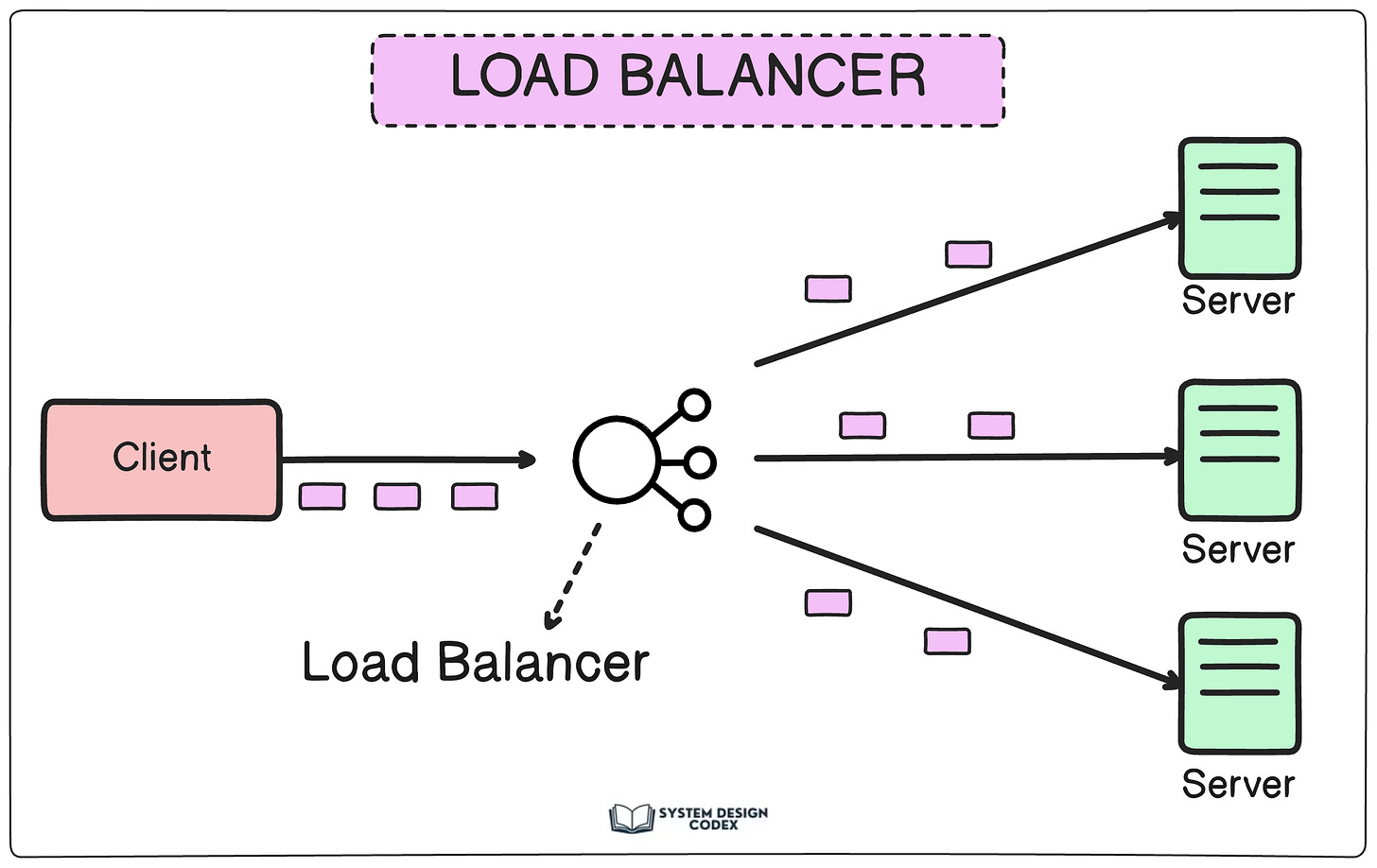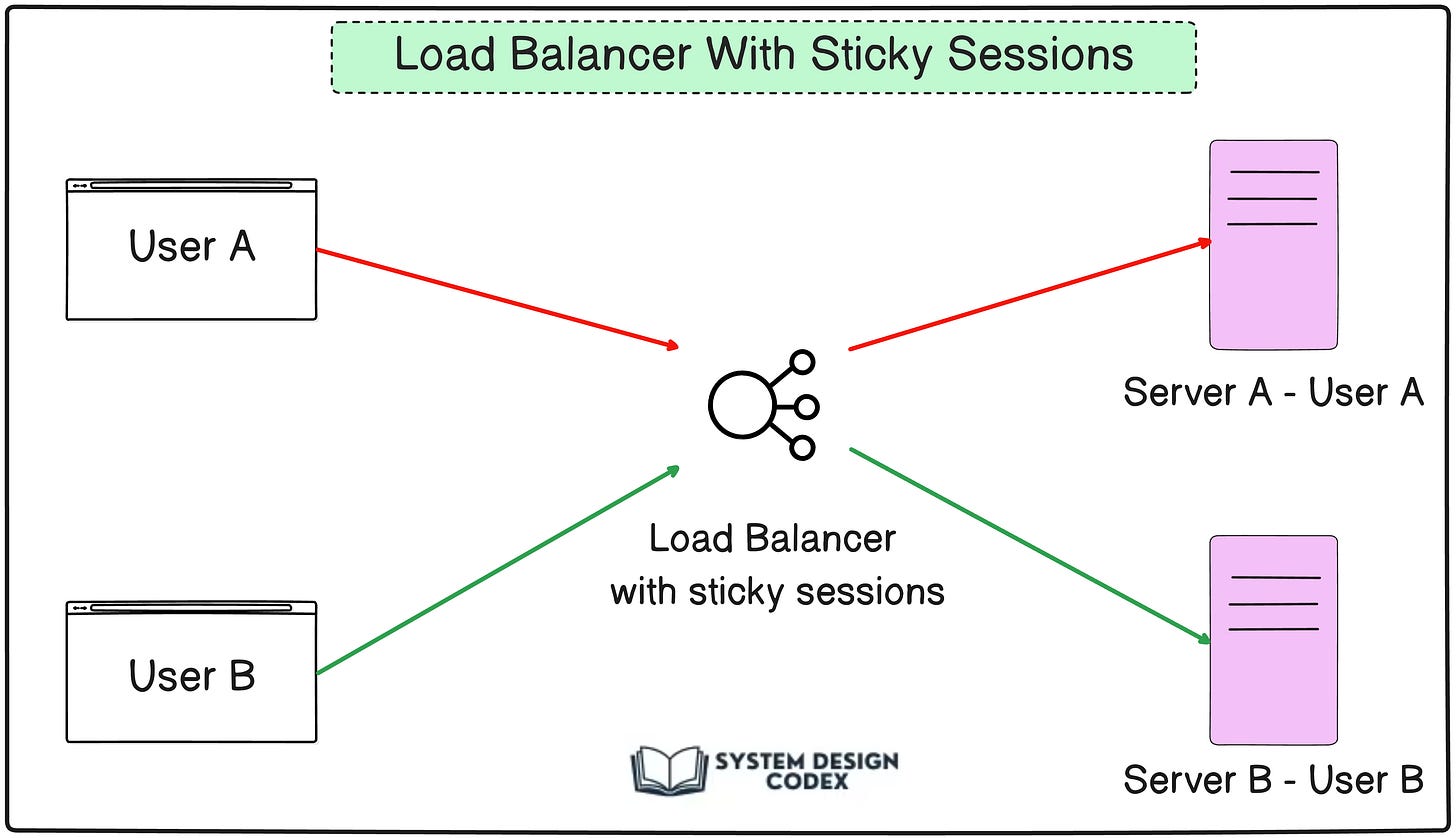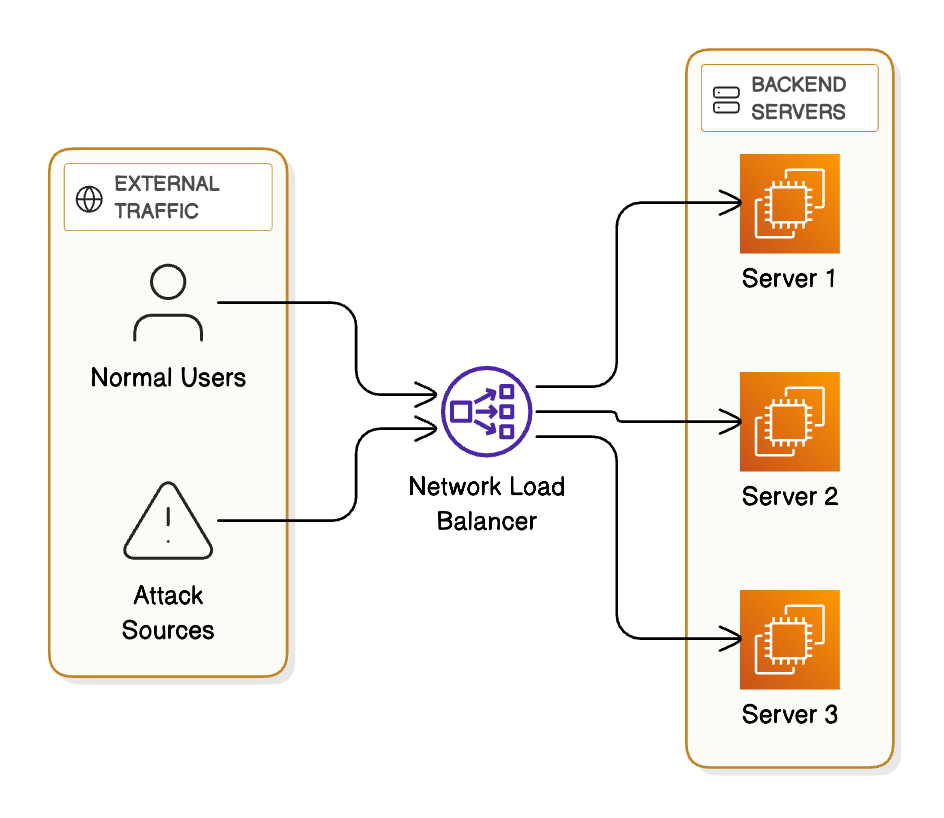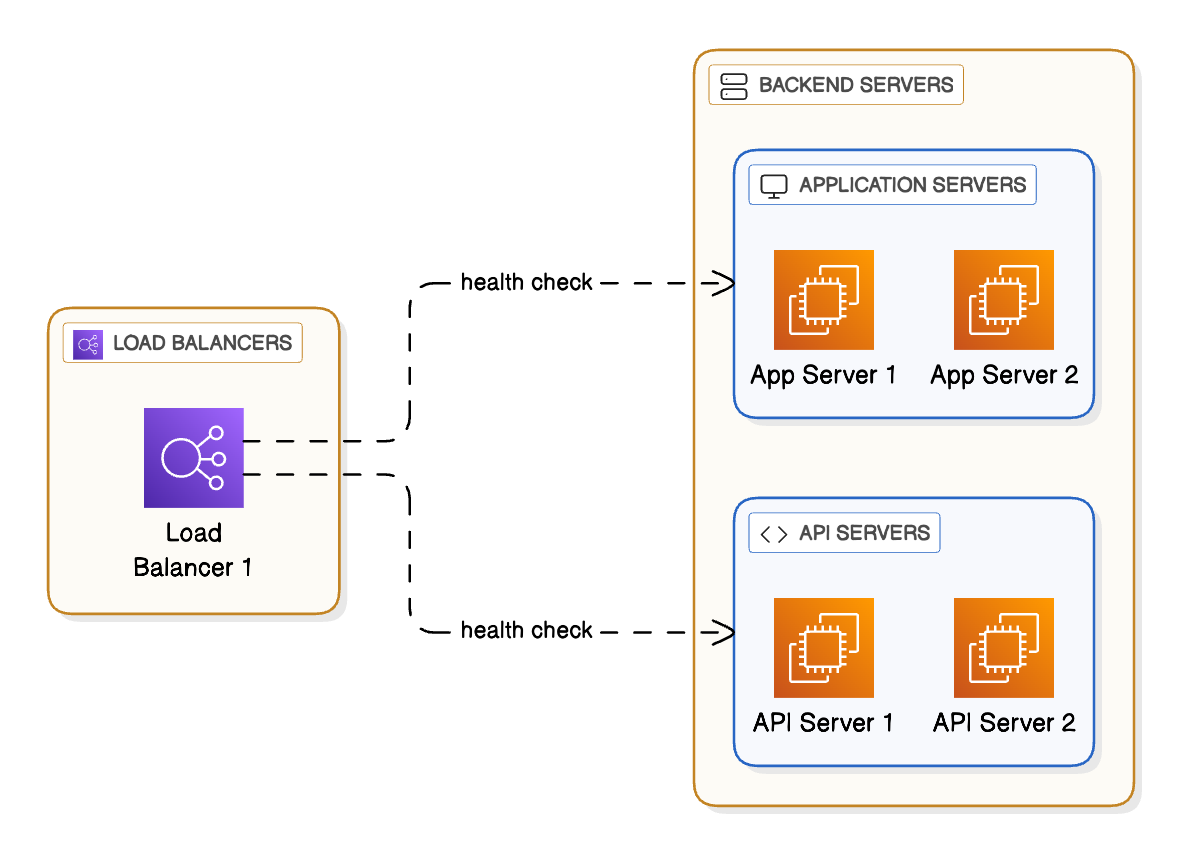What All Can A Load Balancer Do?
One tool...many features
Modern applications need to handle thousands or even millions of user requests every day. To keep systems fast, reliable, and secure, many teams rely on load balancers—specialized components that sit between users and servers to manage how traffic flows.
While most people think of load balancers as tools for splitting traffic evenly, their role goes far beyond that. Let’s explore important use cases where load balancers shine and why they’re so critical for building production-ready systems.
1 - Traffic Distribution
The most common role of a load balancer is to distribute incoming requests across multiple servers.
Imagine you have three application servers. Without a load balancer, all users might end up hitting one server while the others sit idle. A load balancer ensures each server gets its fair share, preventing overload and improving response times.
Different strategies like round-robin, least connections, or IP hashing help decide how requests are routed, depending on the workload.
2 - SSL Termination
SSL/TLS encryption keeps data secure but requires a lot of processing power. If every backend server had to handle encryption and decryption for thousands of requests, performance would suffer.
Here’s where load balancers help: they can offload SSL termination.
This means the load balancer manages encryption, and backend servers only handle unencrypted traffic. The result is better performance and reduced server load, especially in applications with high traffic volumes.
3 - Session Persistence
Sometimes users need to interact with the same server instance throughout their session. For example, when shopping online, your cart may be tied to the server where your session started.
Load balancers support session persistence (also called sticky sessions), ensuring that requests from the same user always go to the same server. This prevents issues like losing cart items or breaking authentication workflows.
4 - High Availability
High availability means keeping services up even when things go wrong.
Load balancers constantly check the health of servers in the pool. If one server becomes unresponsive or fails, the load balancer automatically reroutes traffic to healthy servers. This prevents downtime and ensures users don’t experience errors just because one machine went offline.
In mission-critical systems, this ability to failover smoothly is a lifesaver.
5 - Scalability
One of the biggest challenges for growing applications is handling more users without performance drops.
With a load balancer, you can add new server instances behind the scenes and distribute requests to them. This is known as horizontal scaling. It allows businesses to handle sudden traffic spikes—like Black Friday sales or viral news events—without crashing.
Cloud providers even offer auto-scaling groups where load balancers work hand-in-hand with scaling policies to add or remove servers based on demand.
6 - DDoS Mitigation
Distributed Denial of Service (DDoS) attacks flood servers with fake requests to take them down.
Load balancers provide the first line of defense by absorbing and spreading the traffic across multiple servers. Some also include rate limiting, filtering, and anomaly detection to identify suspicious traffic patterns. While not a complete security solution, load balancers significantly reduce the impact of DDoS attacks.
7 - Health Monitoring
Load balancers don’t just forward requests blindly—they also monitor the health of servers.
They send regular heartbeat checks to see if a server is alive and functioning properly. If a server is slow, overloaded, or offline, it’s temporarily removed from the pool until it recovers. This ensures users are only routed to healthy servers, improving both reliability and user experience.
So - have you seen any other uses of a load balancer?
Shoutout
Here are a few interesting articles I read last week:
The best blogs about AI that engineers actually read by
Ace Your Next JavaScript Interview: Promises, Async/Await, Event Loop (Part 4) by
This new LinkedIn AI Pipeline Powers 800M Users by
That’s it for today! ☀️
Enjoyed this issue of the newsletter?
Share with your friends and colleagues.







Really enjoyed this one.
It's easy to think of load balancers as just traffic routers, but there's so much more going on—SSL termination, health checks, sticky sessions, DDoS handling.
I've run into situations where misconfigured health checks or forgotten SSL certs caused more downtime than actual app issues.
This is one of those layers that quietly carries a ton of weight in system design.
And, thanks for the shoutout, Saurabh!
Simple, concise and good one.